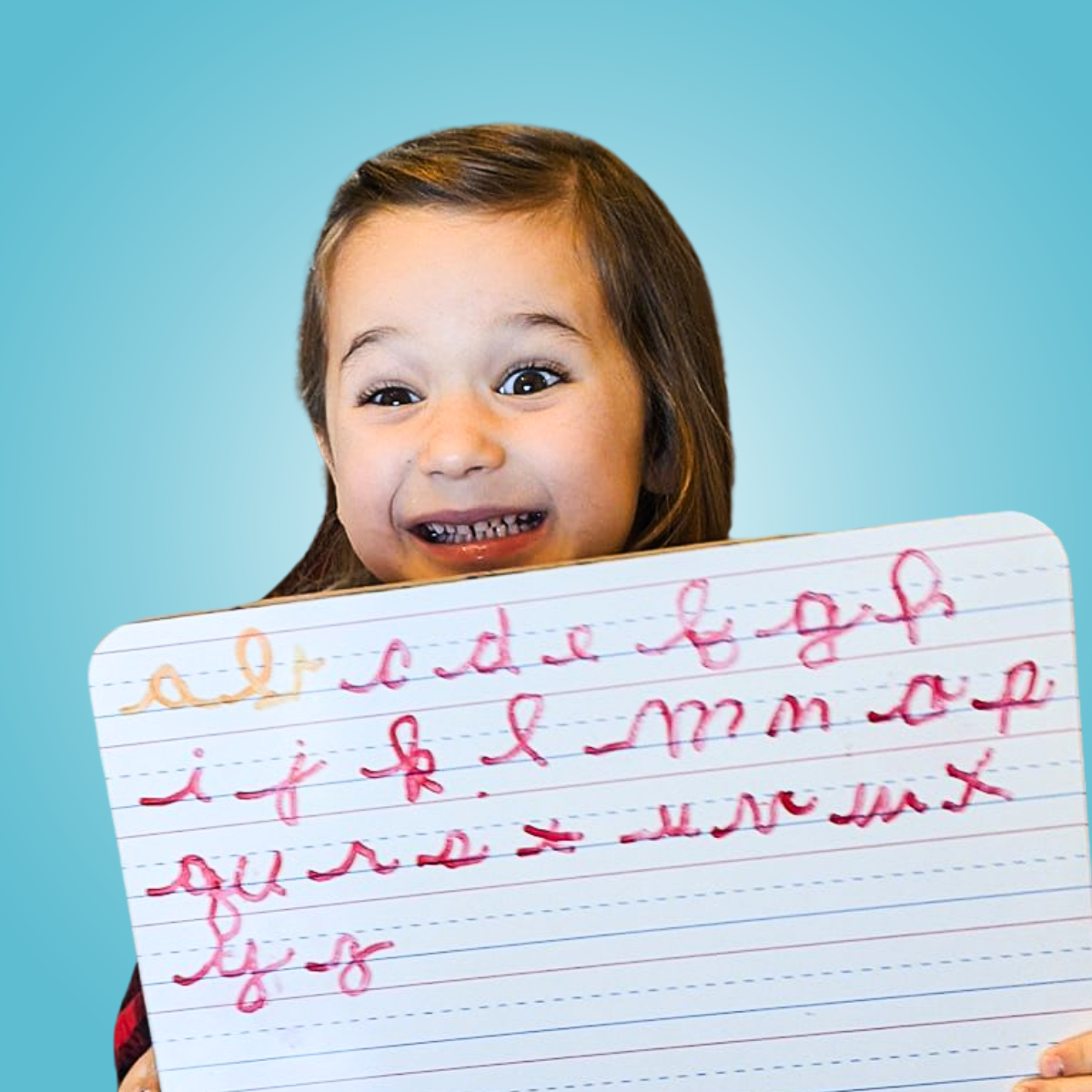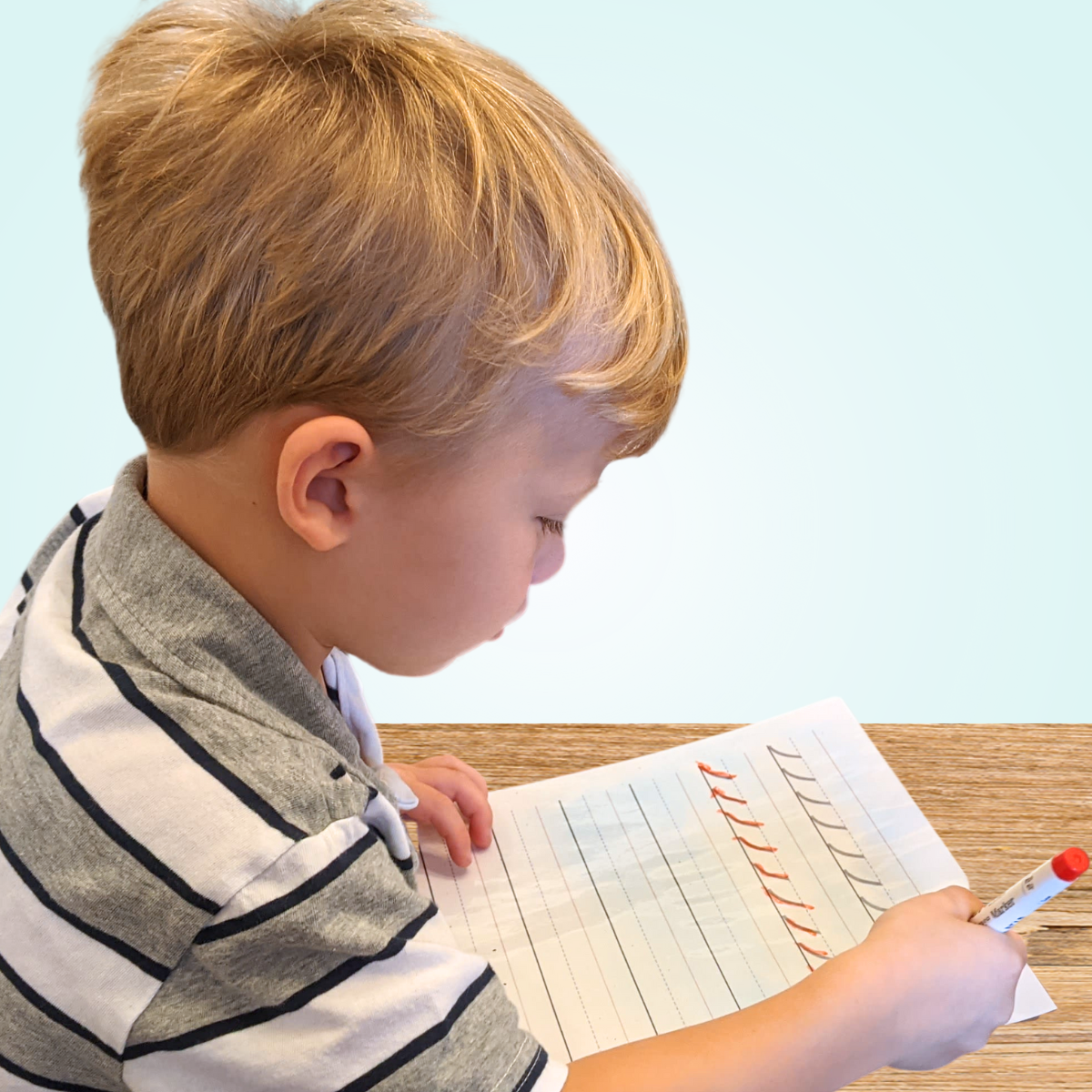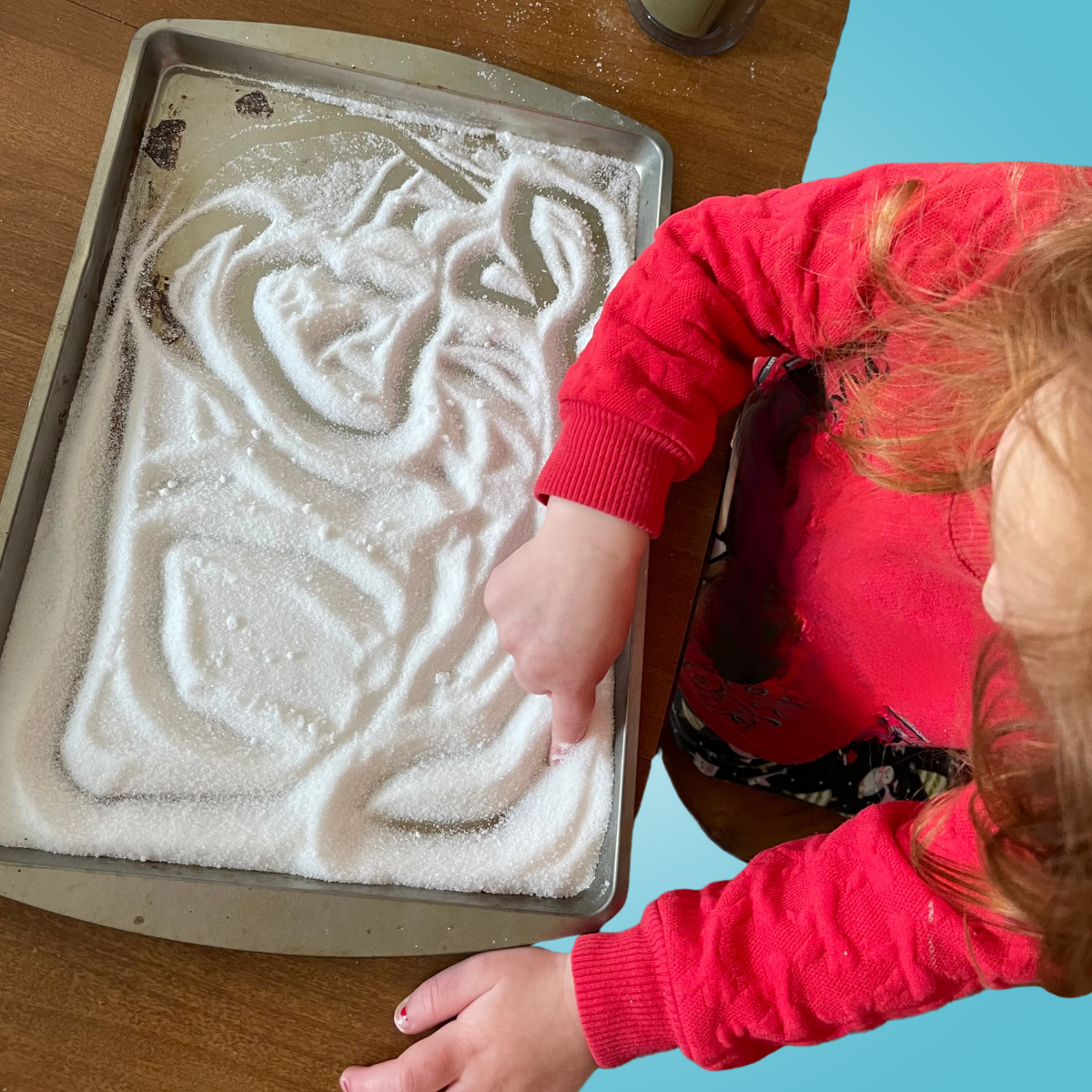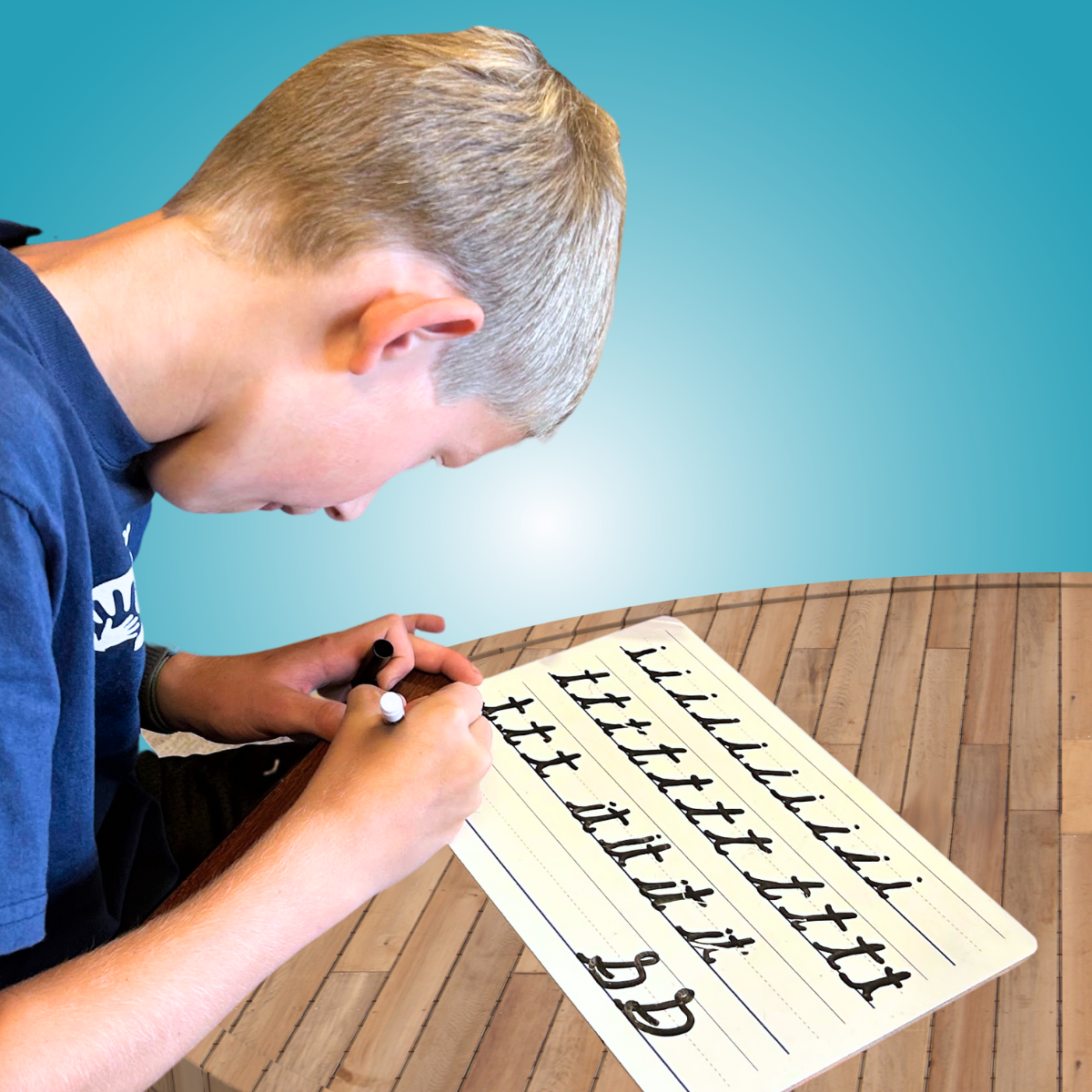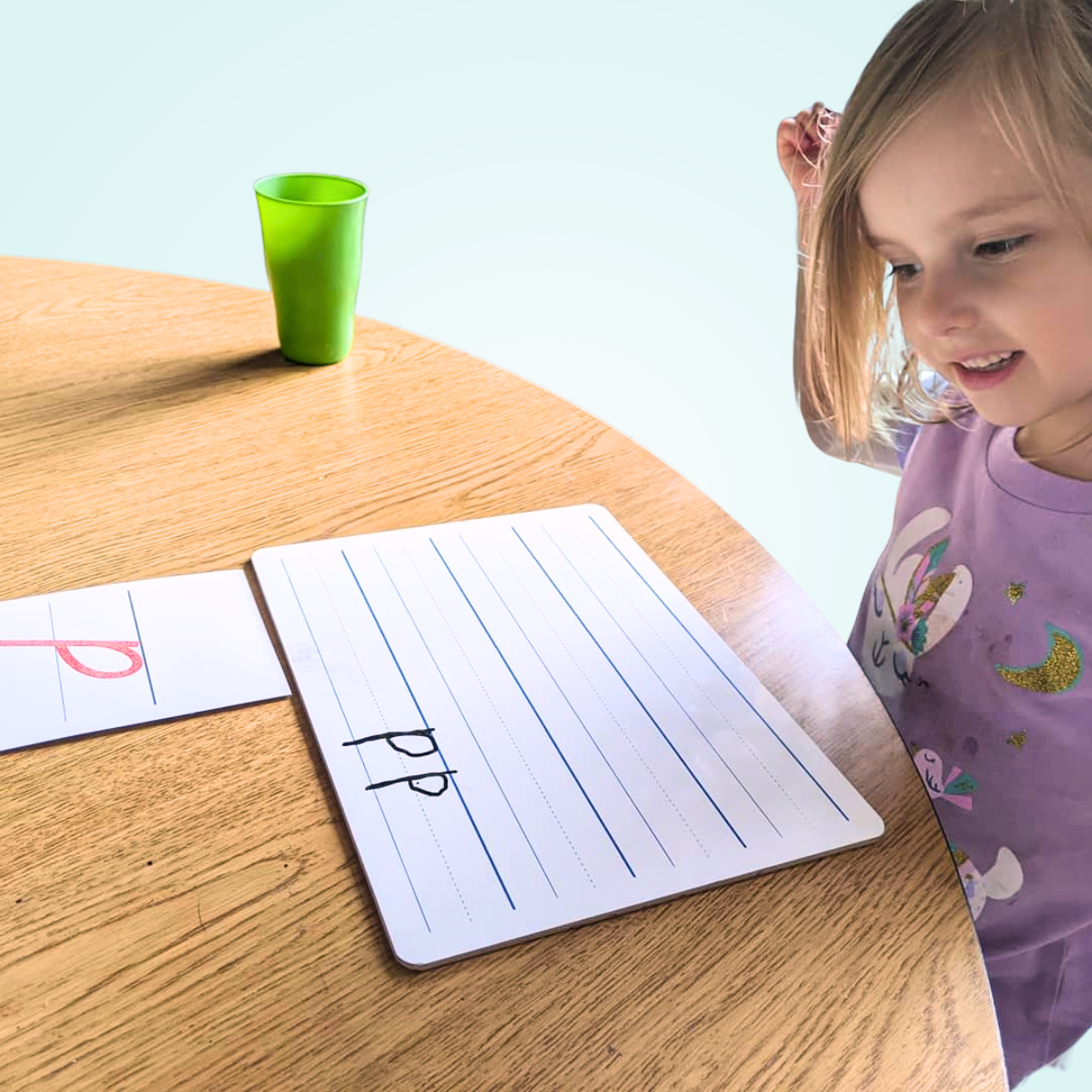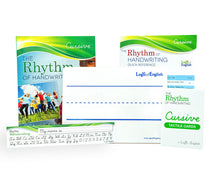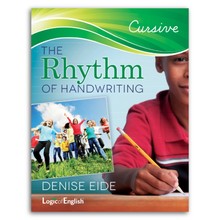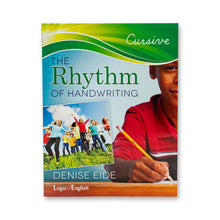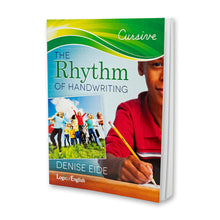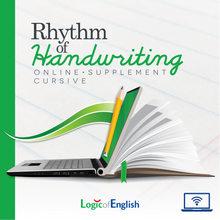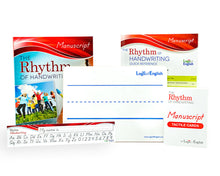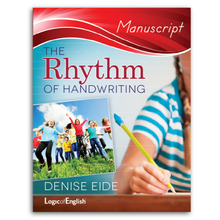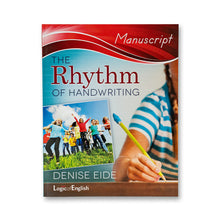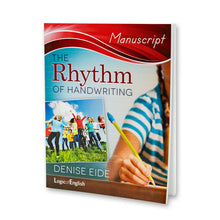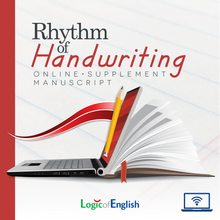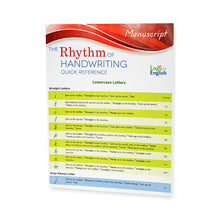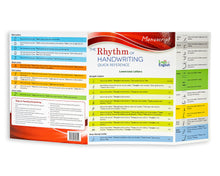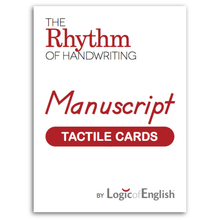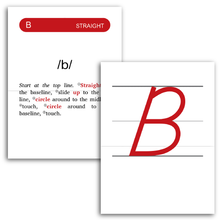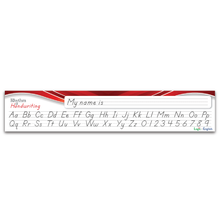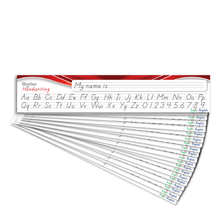Rhythm of Handwriting Instruction
Teach students to develop fluid, legible handwriting.
Components of Rhythm of Handwriting
-
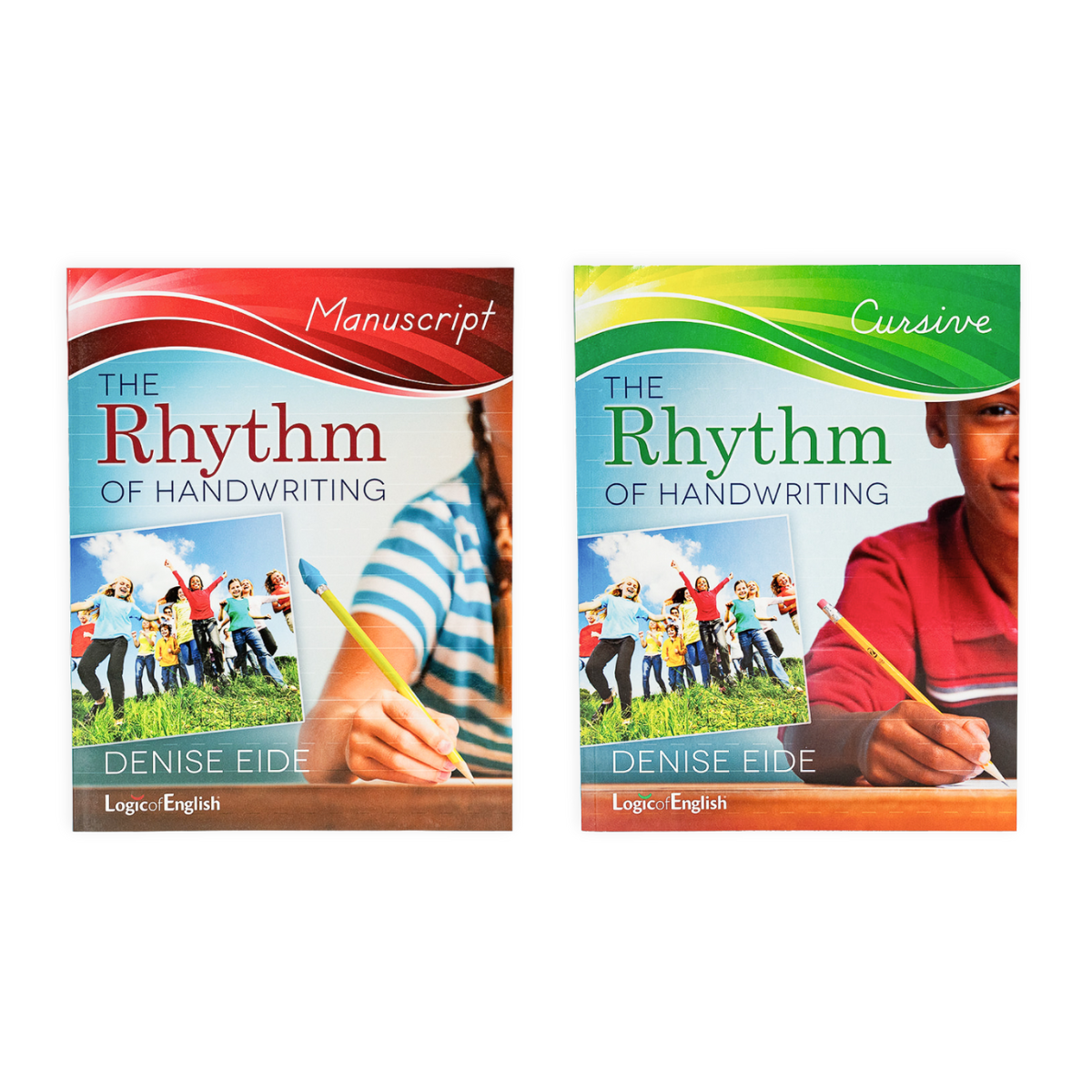
Student Book
Rhythm of Handwriting Student Books support learning with large motor introduction to writing, ample practice, transition to writing words and phrases, and multiple line sizes so students can choose the size that is best for them.
-
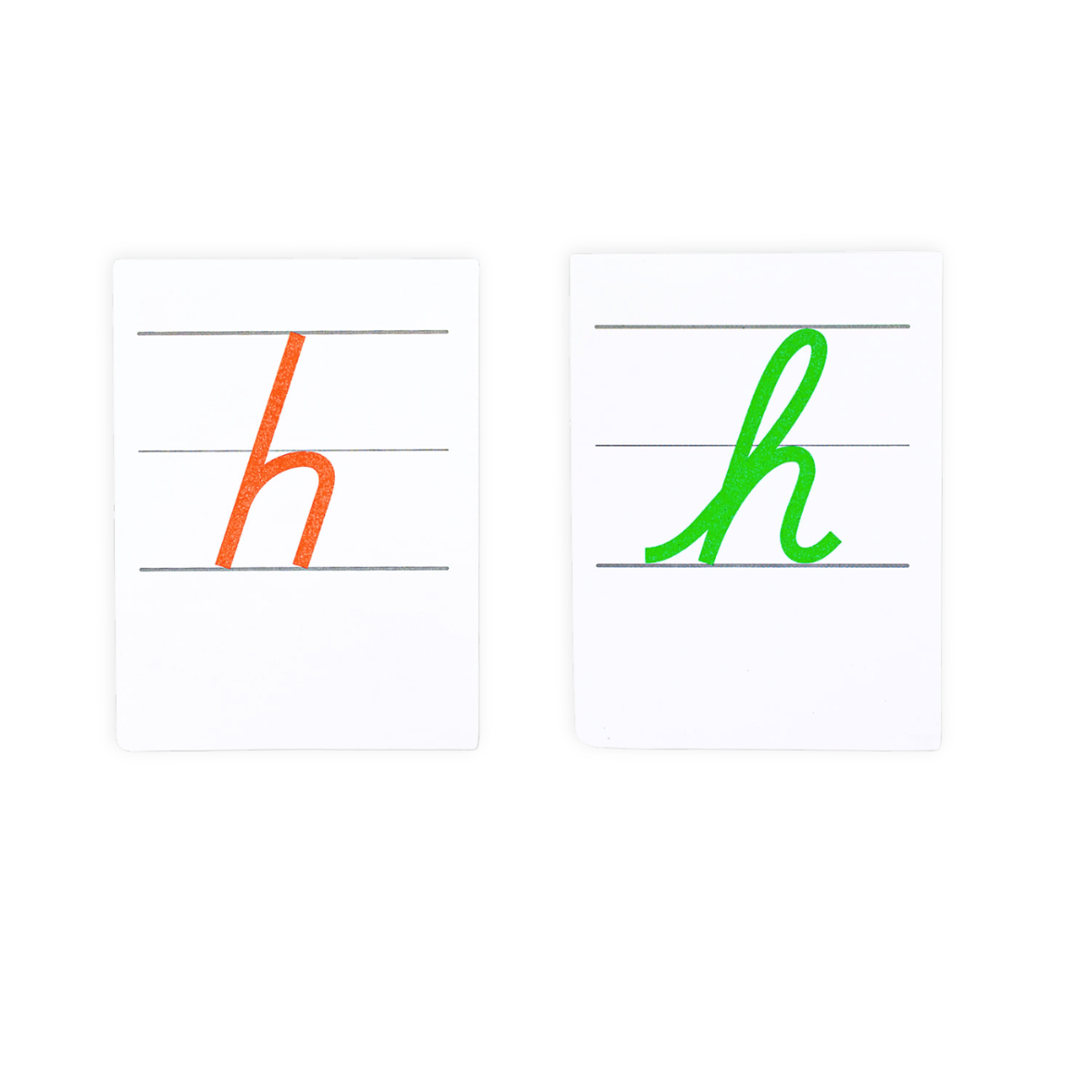
Tactile Cards
The gritty sandpaper texture is an ideal tactile way to introduce letters. Complete and shortened instructions are included for teacher reference.
-
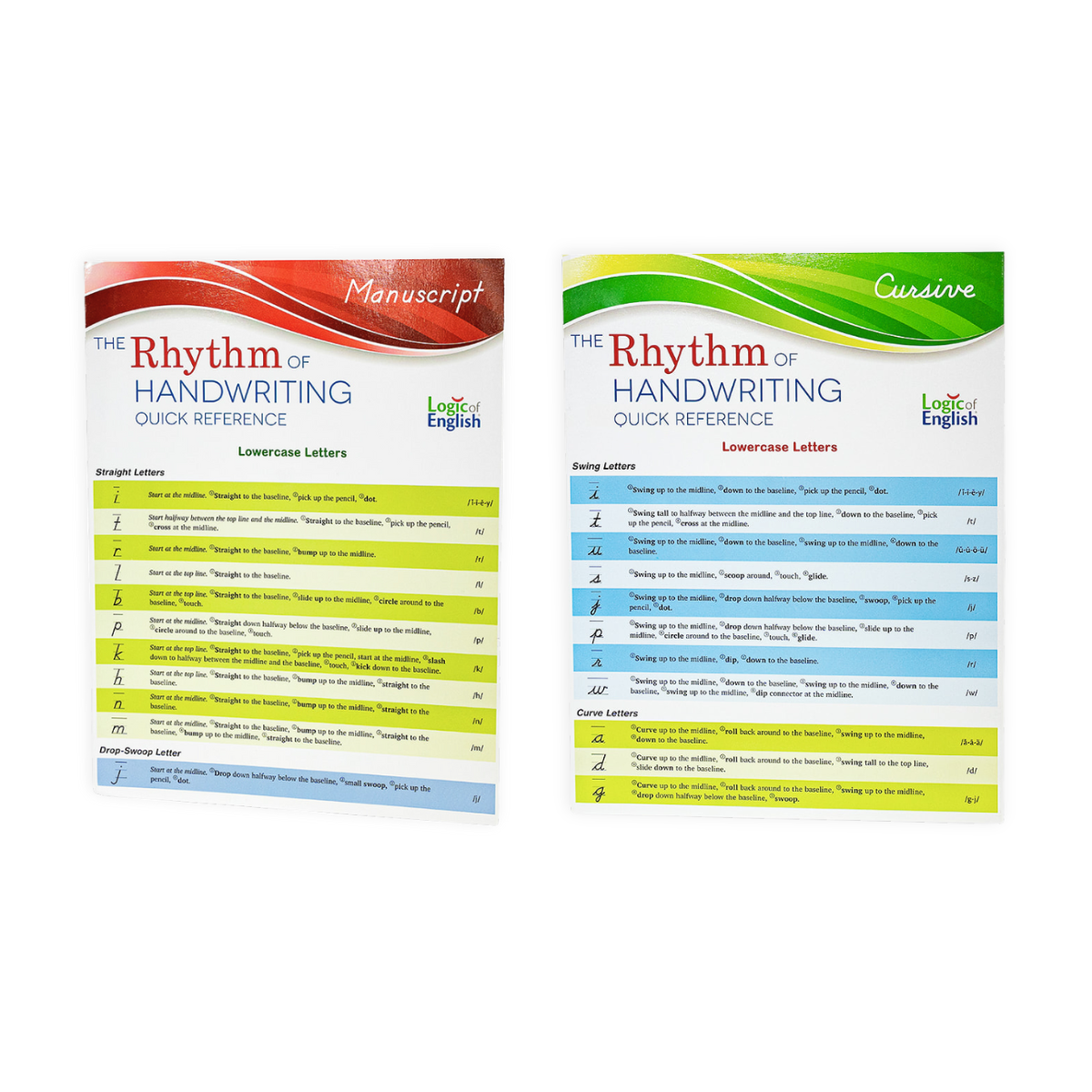
Quick Reference
With explicit instructions and the bold rhythmic instructions that set ROH apart from other handwriting programs, our quick reference is all you really need to teach handwriting.
-
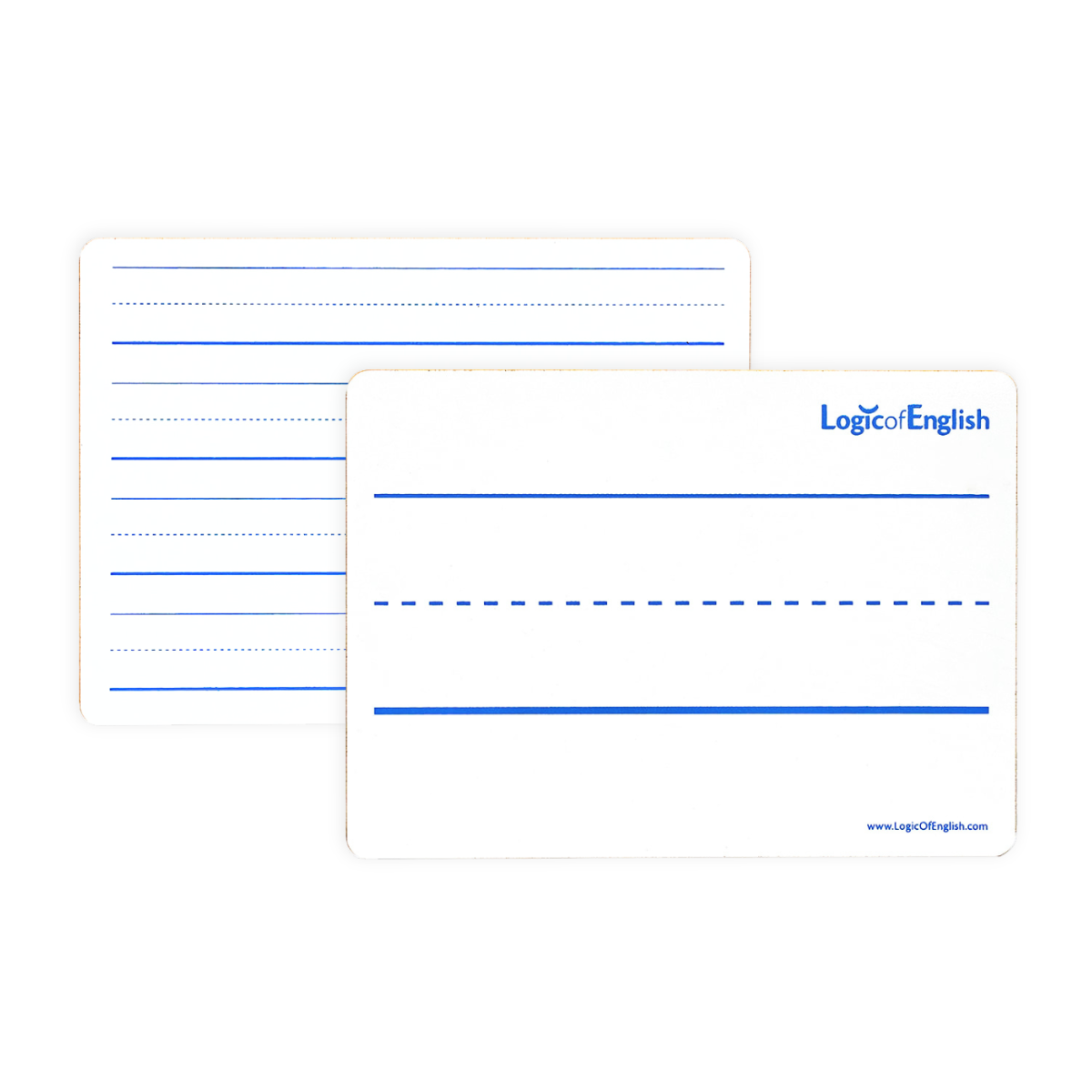
Whiteboard
A durable student response board with two line sizes. The larger size supports large motor movements, the smaller size is ideal for transitioning to smaller motor writing.
-
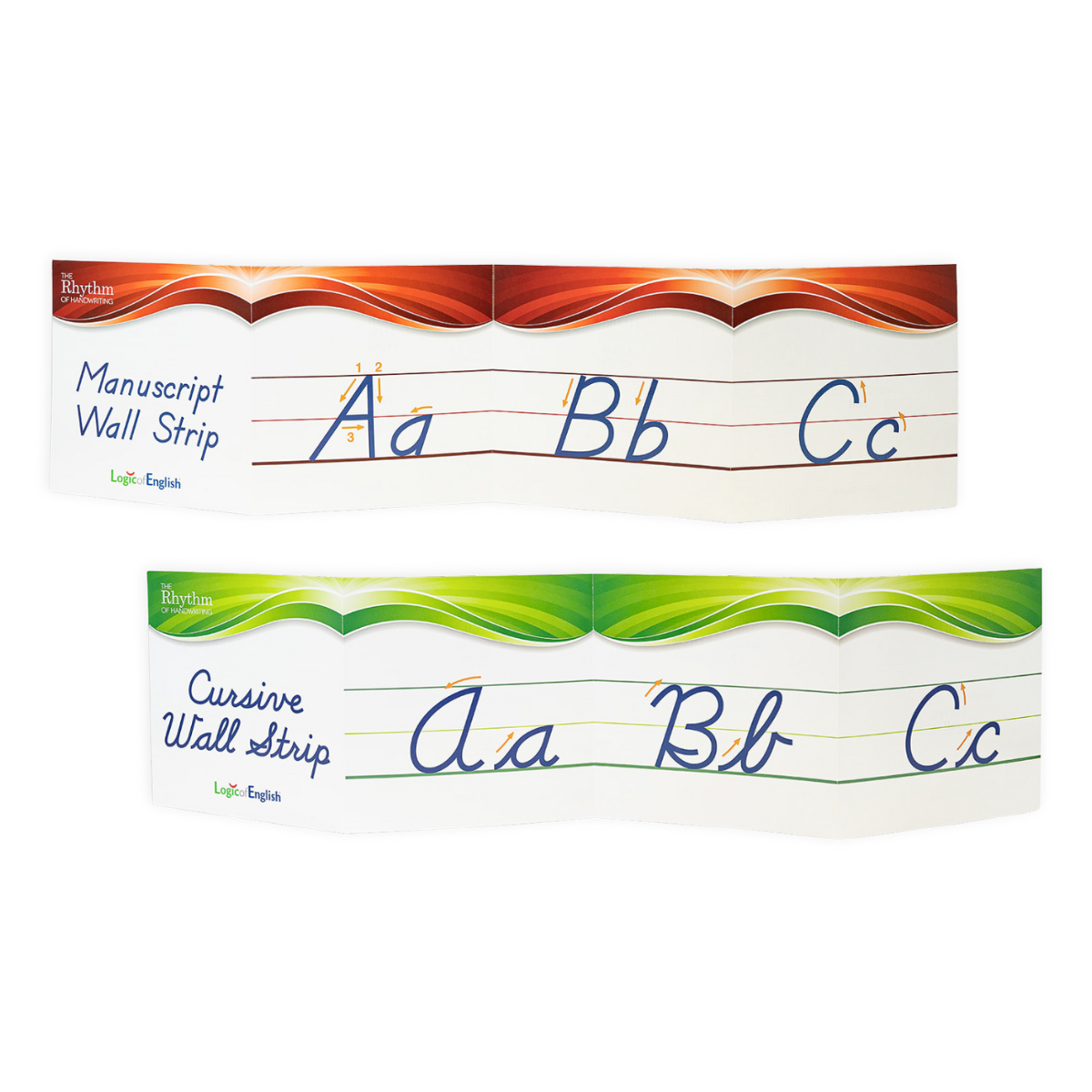
Wall Cards
Use Rhythm of Handwriting Wall Cards to introduce letters and create a visual classroom reference.
-
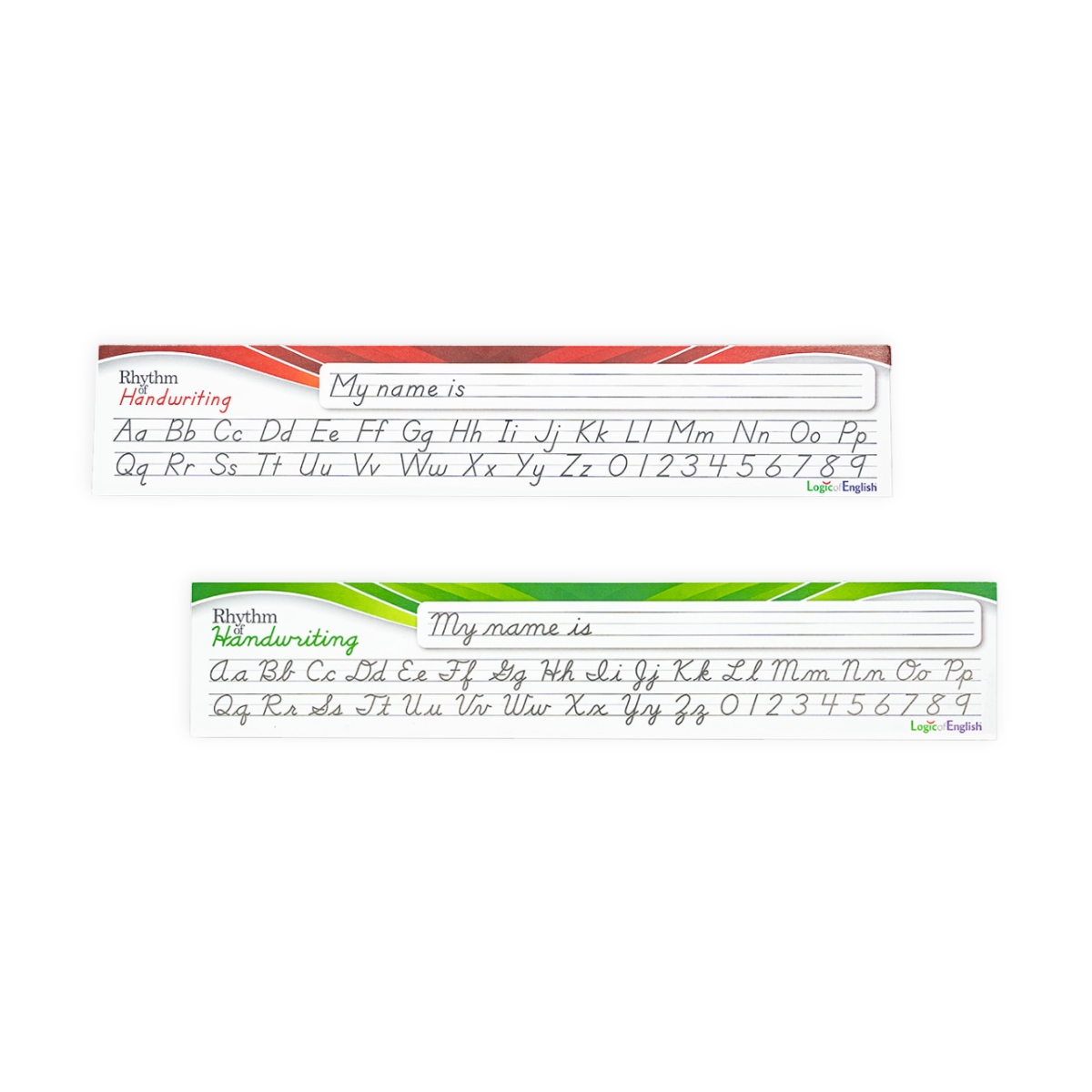
Desk Strips
Designed as a student reference, these are ideal to put on a student desk or notebook.
Should I Teach Cursive or Manuscript?
Why Teach Cursive?
Why Teach Manuscript?
Shop Cursive
Shop Manuscript
References
Early, G. H., Nelson, D. A., Kleber, D. J., Treegoob, M., Huffman, E., & Cass, C. (1976). Cursive Handwriting, Reading, and Spelling Achievement. Intervention in School and Clinic, 12(1), 67–74. https://doi.org/10.1177/105345127601200105
Montgomery, D. (2012). Dyslexia - A Comprehensive and International Approach. https://doi.org/10.5772/30994
Morales-Rando, C., Pérez-Jorge, D., Strbová, L., & Ariño-Mateo, E. (2022). Manuscript vs cursive writing. Learning to write in primary education. Education 3-13, 50(7), 880–892. https://doi.org/10.1080/03004279.2021.1916053


